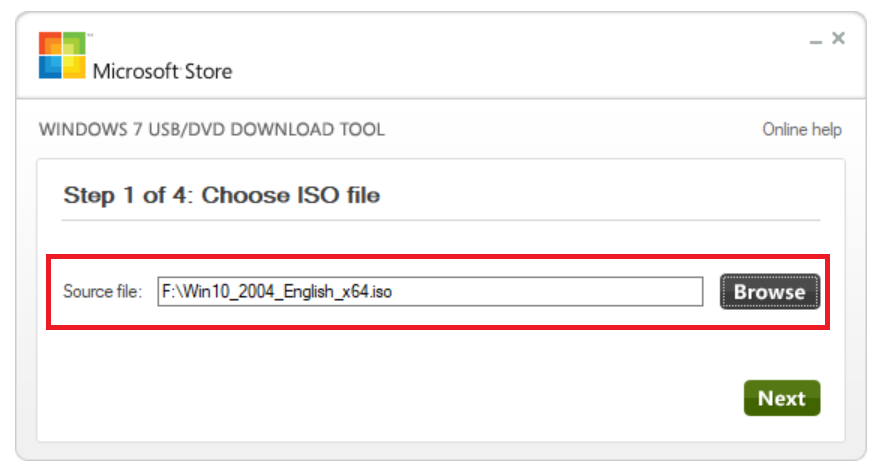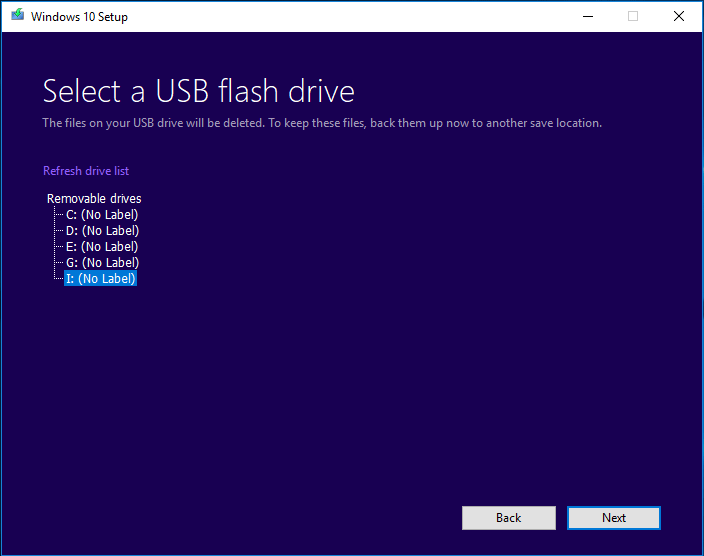

- ISO TO USB WINDOWS 10 BOOTABLE HOW TO
- ISO TO USB WINDOWS 10 BOOTABLE INSTALL
- ISO TO USB WINDOWS 10 BOOTABLE FOR WINDOWS 10
ISO TO USB WINDOWS 10 BOOTABLE INSTALL
WinSetupFromUSB is a Windows program that prepares multiboot USB flash or fixed disk to install any Windows version since 2000/XP. To create a bootable DVD or USB flash drive, you have to download the ISO file and then run the Windows 7 USB/DVD Download tool 3. Windows USB/DVD Download tool is another great tool to create a copy of your Windows 7 or 8 ISO file on a USB flash drive or DVD. Or, you can close the current Windows OS installation to a USB drive as a Windows To Go Workspace. You can use an ISO, WIM, ESD, SWM, VHD, VHDX image file, or CD/DVD as the source of installation. WinToUSB or Windows to USB is an amazing free tool that allows you to install and run Windows OS on an external hard drive or USB flash drive.
ISO TO USB WINDOWS 10 BOOTABLE FOR WINDOWS 10
I have listed 3 more tools that you can use for Windows 10 media creation. 3 Other Tools to Create Windows 10 Bootable USBĪpart from the Microsoft Media Creation Tool and Rufus, there are some more tools available that you can use to create a Windows 10 bootable USB. Rufus will now create a USB flash drive to install Windows 10 on any UEFI computer with the image you have given. Step-14: Finally, click on the ‘Close’ button to complete the procedure.

Step-13: Next, click on the ‘Start’ button, and then click on the ‘OK’ button to confirm your choice. Choose the ‘Quick format’ and ‘Create extended label and icon files’ options. Step-12: Next, click on the ‘Show advanced format options’ button.

Note: Don’t change the default settings under the ‘File system’ and ‘Cluster size’ sections. Step-11: Now enter a descriptive name for the drive like win10_20h2_usb under the ‘Volume Label’ field. Note: Don’t change any default settings under the “Show Advanced drive properties” section. Step-9: Choose UEFI (non-CSM) from the ‘Target System’ drop-down menu. Step-8: Choose ‘GPT’ from the ‘Partition scheme’ drop-down menu. Step-7: Choose ‘Standard Windows installation’ from the ‘Image option’ drop-down menu. Step-6: Next, choose the Windows 10 ISO file from its folder (Considering that you have already downloaded it), and click on the ‘Open’ button. Step-5: Click on the ‘Select’ button on the right side present under ‘Boot selection.’ Step-4: Choose the USB flash drive under the ‘Device’ section. Step-3: Once downloaded, double-click on the Rufus-x.x.exe file to run it. Here, click on the latest version and save the file. Step-2: Open a browser and visit the Rufus download page in it. Step-1: Connect a USB Flash Drive having around 8GB of storage to your PC. Follow these steps to know what you have to do: You can use it with an existing ISO file, or you can download the Windows 10 files from Microsoft’s servers. Rufus is a third-party tool that allows you to create installation media with UEFI support (no support for BIOS).
ISO TO USB WINDOWS 10 BOOTABLE HOW TO
How to Create Windows Boot Media with Rufus Tool? This is how you can use the Microsoft Media Creation Tool to create Windows 10 Bootable USB drive. The tool will then download the essential files from Microsoft servers, and it’ll create a Bootable USB flash drive. Step-9: Finally, click on the ‘Finish’ button. If it isn’t available, check if the USB flash drive is connected properly, and then click on the ‘Refresh drive list’ option.


 0 kommentar(er)
0 kommentar(er)
